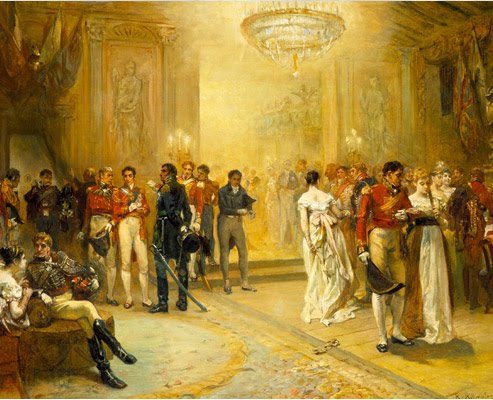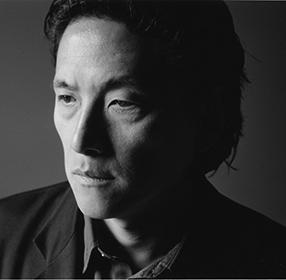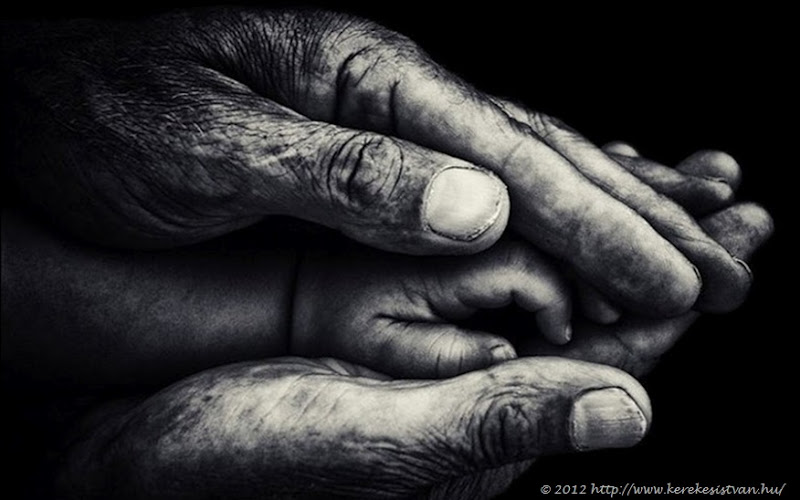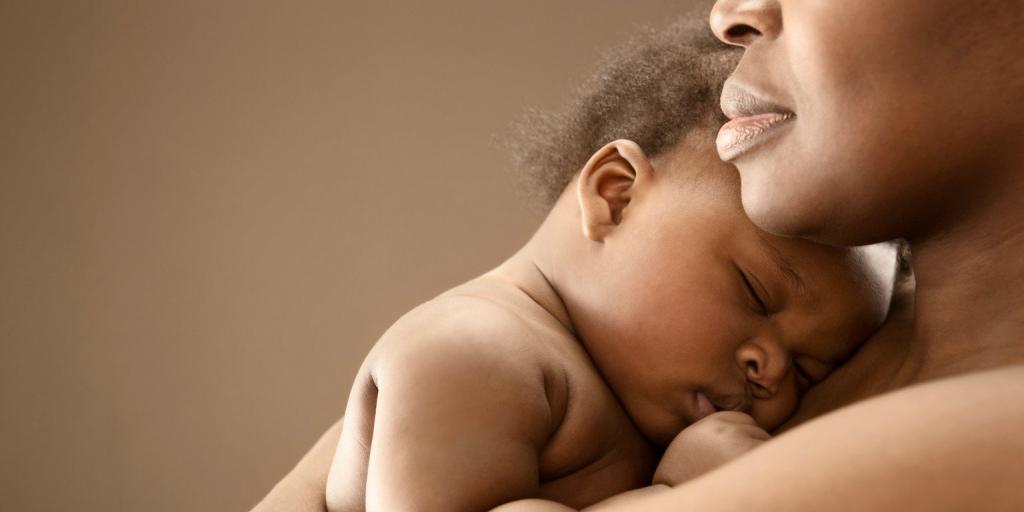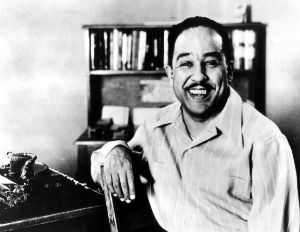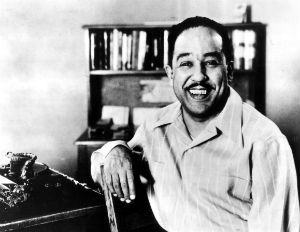About the poet:
Louise Bogan was an American poet. She was chosen as the fourth Poet Laureate to the Library of Congress in the year 1945. Being the poetry editor of The New Yorker magazine for nearly 40 years, she also had a large part to play in shaping mainstream poetic sensibilities of the mid-20th century. She is often thought to be part of a category of brilliant minor poets described as the “reactionary generation.” This group stayed away from the prevailing Modernist forms and chose instead to write using more traditional techniques.
Bogan was born in Livermore Falls, Maine on 11th August 1897. She published her first book of poetry entitled Body of This Death: Poems, in the year 1923. Four years later, she published her second book of poetry entitled Dark Summer: Poems. It was shortly after this that she was hired as a poetry editor for The New Yorker.
Despite the hardships that Bogan encountered during the twenties and thirties (with her financially insecure childhood and her failed first marriage), she was able to move to Venice for a few years. Over there, she could experience the fascinations of the Renaissance painting, sculpture, and ornament. However, this was soon interrupted by the onset of a mental illness that caused her to be placed in a psychiatric hospital twice in 1931 and in 1933. Here she was diagnosed with depression, marked by obsessive and paranoid inclinations.
Bogan brought a different dimension to the way in which women have traditionally been seen. She often refers to her female speakers as “the locus of intemperate, dangerous, antisocial desires.” Not only was it difficult being a female poet in the thirties and forties, but her lower-middle-class Irish background and limited education also brought on many complications for Louise Bogan. Bogan never discussed the intimate details of her life in her poetry, and in fact, she disapproved of such confessional poets as Robert Lowell and John Berryman.
Bogan’s poetry was published in prominent magazines like The New Republic, The Nation, Poetry: A Magazine of Verse, Scribner’s, and Atlantic Monthly. Her Collected Poems: 1923-1953 won the Bollingen award in 1955 and also an award from the Academy of American Poets in 1959.
On 4th February 1970, Louise Bogan died of a heart attack in New York City. However, that was not the last anyone heard of this dynamic woman poet. A number of her autobiographical pieces were published posthumously in Journey around My Room, which was published in the year 1980.
About Women:
Most of Louise Bogan’s poetry was published before 1938. However, in the year 1968, a volume of her collected works entitled The Blue Estuaries: Poems 1923-1968 was published. This is the collection that included such poems as “The Dream” and “Women.”
The setting of Women:
This poem is set in an abstract space where women’s lives are supposed to be played out. To the poet, this space is very restrictive in nature, almost like a prison cell. It does not give women exposure either to the urban world or to the rural one. It teaches women to be hesitant in their actions and rigid in their beliefs. It is also believed to teach them to indulge their emotions to an unreasonable degree. However, in describing this world, the poet is trying to show that it has been constructed by men.
Stanza-wise Summary of Women:
The poem consists of 5 stanzas. Each of these stanzas is again made up of 4 lines. Hence, the entire poem consists of 20 lines in total.
1st stanza:
Women have no wilderness in them,
They are provident instead,
Content in the tight hot cell of their hearts
To eat dusty bread.
In this stanza, the poet says that women are not wild, but are entirely domesticated. They can make plans for the future, for they have no reason for unhappiness. They are quite happy to be victims of their emotions. It is as if these emotions constitute a prison that they cannot escape. They do not crave any change from the bread they have day in and day out for food. In other words, they do not hope for anything better at any time.
2nd stanza:
They do not see cattle cropping red winter grass,
They do not hear
Snow water going down under culverts
Shallow and clear.
In this stanza, the poet says that women never experience much of the world. They do not see cattle roaming in the fields and feasting on grass that has dried up and turned red during the winter months. They do not even hear the snow-melted water as it runs by in shallow drains under the city.
3rd stanza:
They wait, when they should turn to journeys,
They stiffen, when they should bend.
They use against themselves that benevolence
To which no man is friend.
In this stanza, the poet says that women never behave as they ought to, but rather they behave as they should not. So when they are expected to start moving, they wait around. Again when they are expected to be flexible, they become rigid. They care too much about themselves to engage in any hardship, unlike men who are always ready to undertake difficult physical tasks.
4th stanza:
They cannot think of so many crops to a field
Or of clean wood cleft by an axe.
Their love is an eager meaninglessness
Too tense, or too lax.
In this stanza, the poet says that women cannot even imagine how crops can be rotated during different seasons every year on a single field. They can never manage to chop wood with an axe. They are only capable of love, but that love itself has no meaning other than the enthusiasm they seem to exhibit. Their love is either too restrictive, or too relaxed, for the men in their lives.
5th stanza:
They hear in every whisper that speaks to them
A shout and a cry.
As like as not, when they take life over their door-sills
They should let it go by.
In this stanza, the poet says that women imagine everyone to be screaming or crying out loud even when they are in fact only whispering. It is not often that women can move over their door-sills and out into the world outside, but even if and when they do, they ought to let their lives go by without any significant incident.
Some online learning platforms provide certifications, while others are designed to simply grow your skills in your personal and professional life. Including Masterclass and Coursera, here are our recommendations for the best online learning platforms you can sign up for today.
The 7 Best Online Learning Platforms of 2022
- Best Overall: Coursera
- Best for Niche Topics: Udemy
- Best for Creative Fields: Skillshare
- Best for Celebrity Lessons: MasterClass
- Best for STEM: EdX
- Best for Career Building: Udacity
- Best for Data Learning: Pluralsight


